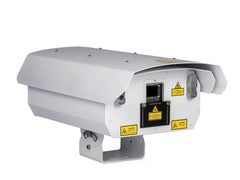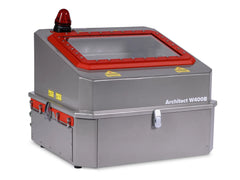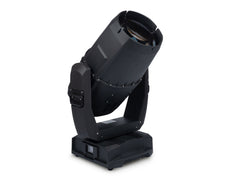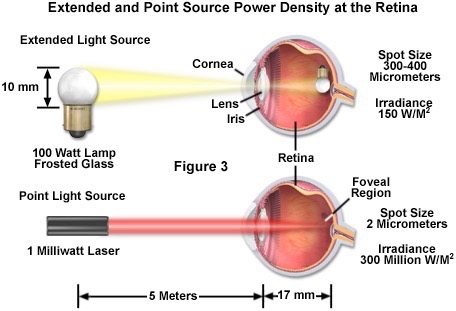What is audience scanning?
Considered by many to be the “holy grail” of laser effects, audience scanning is where laser light is intentionally projected directly into an audience area, allowing people to interact and actually reach out and touch the light. While this effect is perhaps the most beautiful that can be produced with a laser, it also carries the greatest risk, and requires that the laser operator take certain safety precautions to ensure that the light level does not exceed recognized safety standards. In addition, there are certain regulations surrounding the performance of audience scanning in different geographic territories around the world. Therefore, as an entertainment lighting professional, you must become aware of these regulations in the areas where you perform.
Lasers for audience scanning
Pangolin offers clients the ability to purchase laser projectors, that can be certified for audience scanning shows in the United States. Our most popular models for this include the ClubMAX and ATOM series of lasers.
These lasers have the Pangolin PASS laser show safety system installed, which is the only FDA approved audience scanning safety system in the United States. And to further ensure the compliance of our customers who purchase audience scanning equipment, we also work with you to obtain complete training on how properly setup and perform audience scanning laser effects.

How to buy Audience Scanning Lasers
If you are interested in obtaining lasers to perform audience scanning laser shows, or if you have any questions about audience scanning, laser safety, or the process in general, please contact us directly. Our team of seasoned sales professionals will be happy to assist.
Below you can also read a bit more about audience scanning, what it is, how it works, and how Pangolin's audience scanning lasers with PASS, can help you safety create audience scanning laser light shows.









